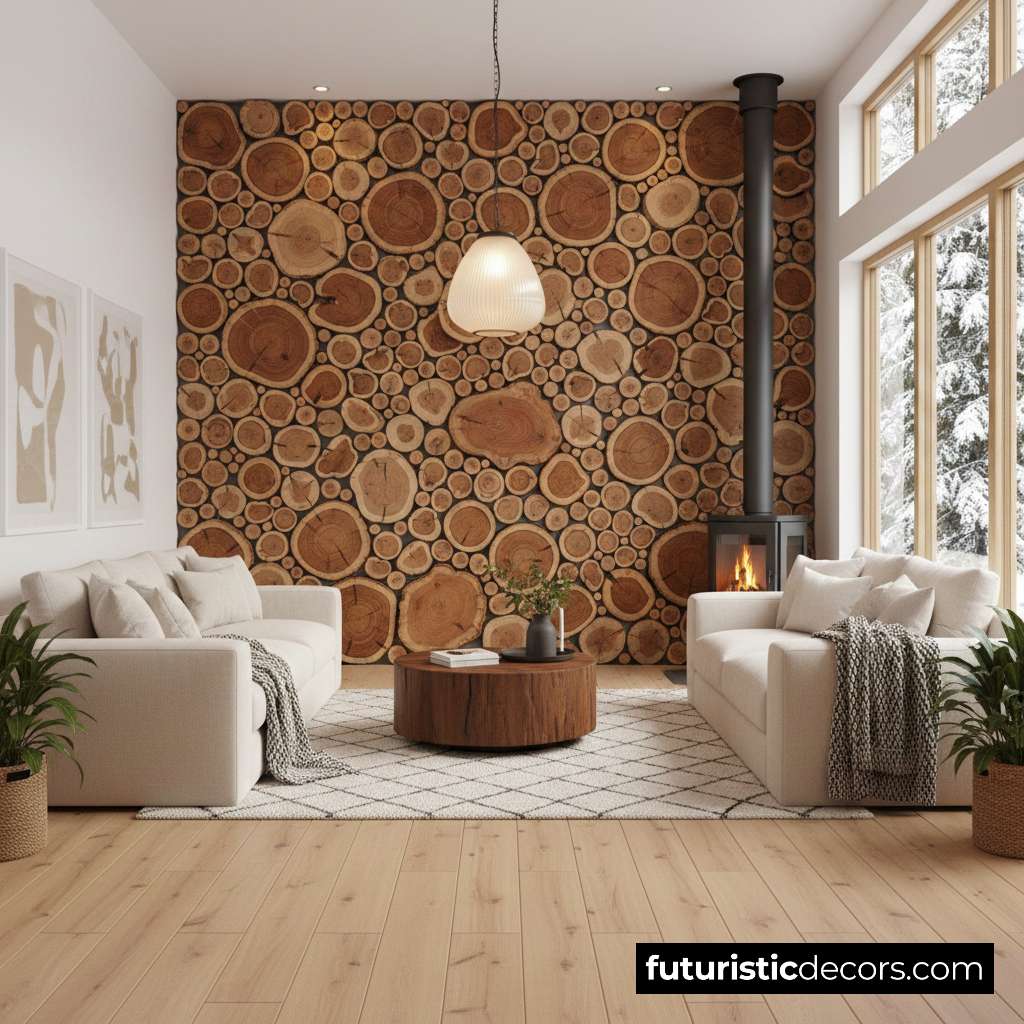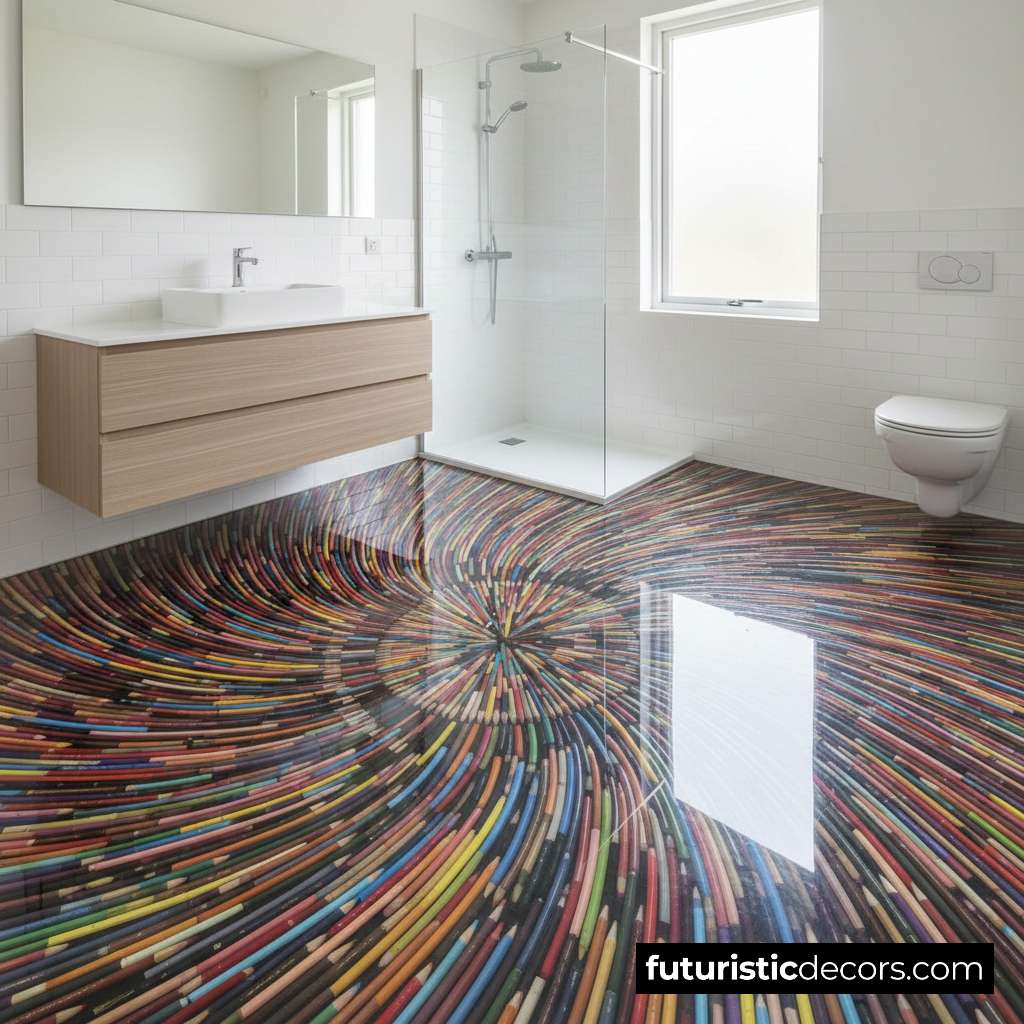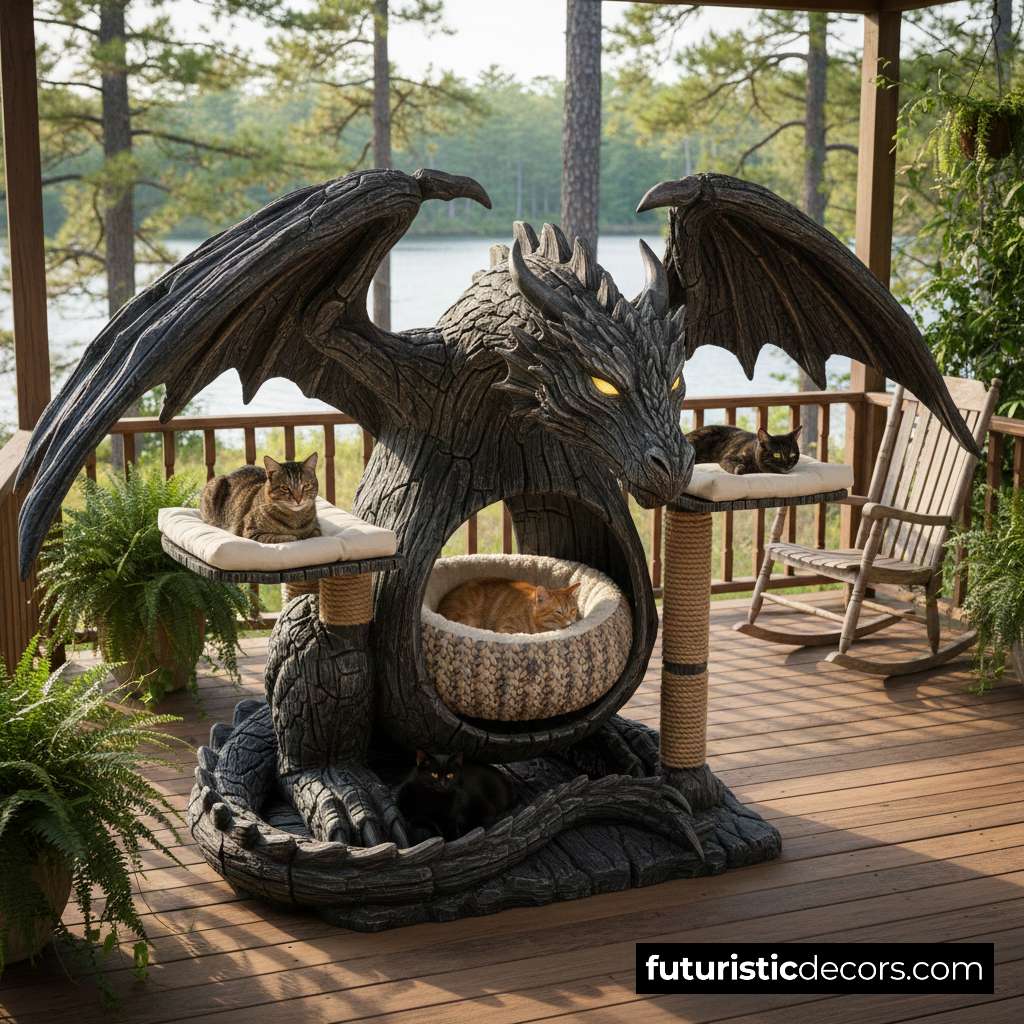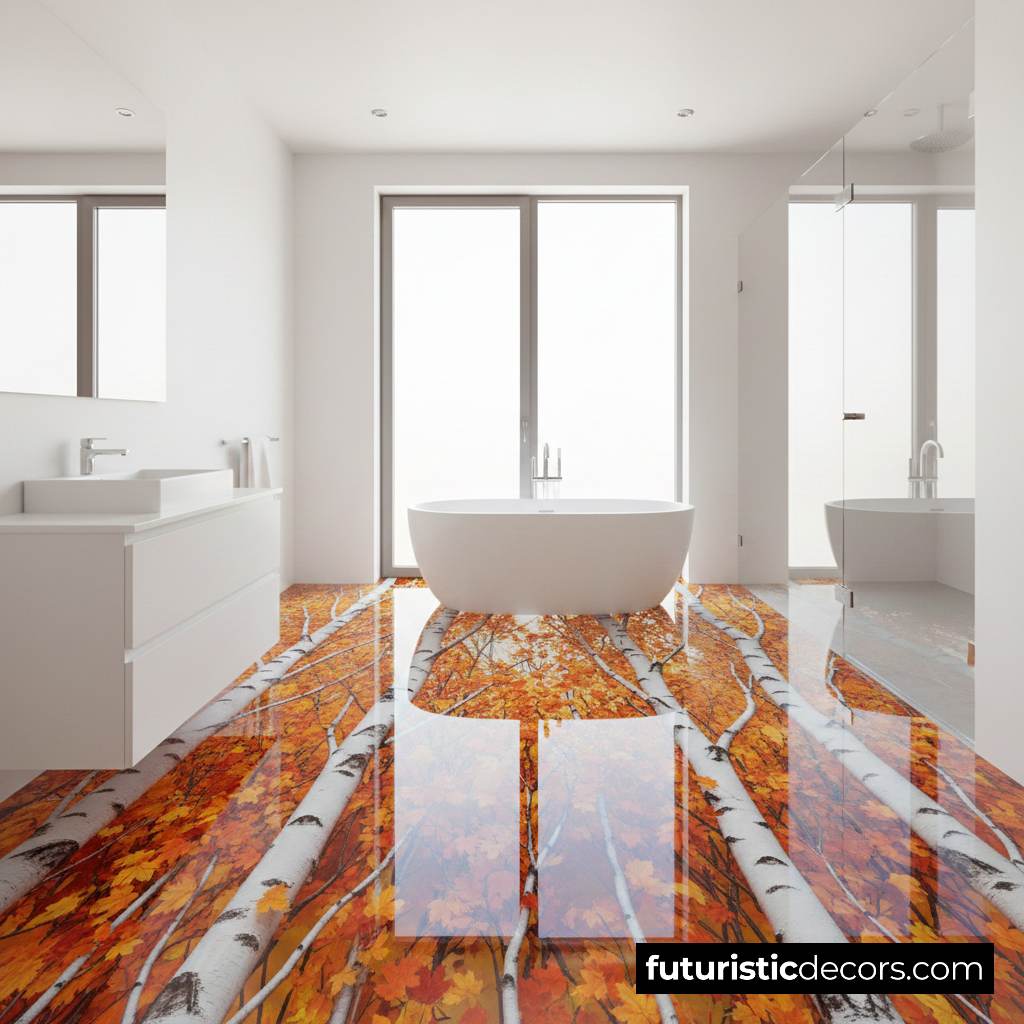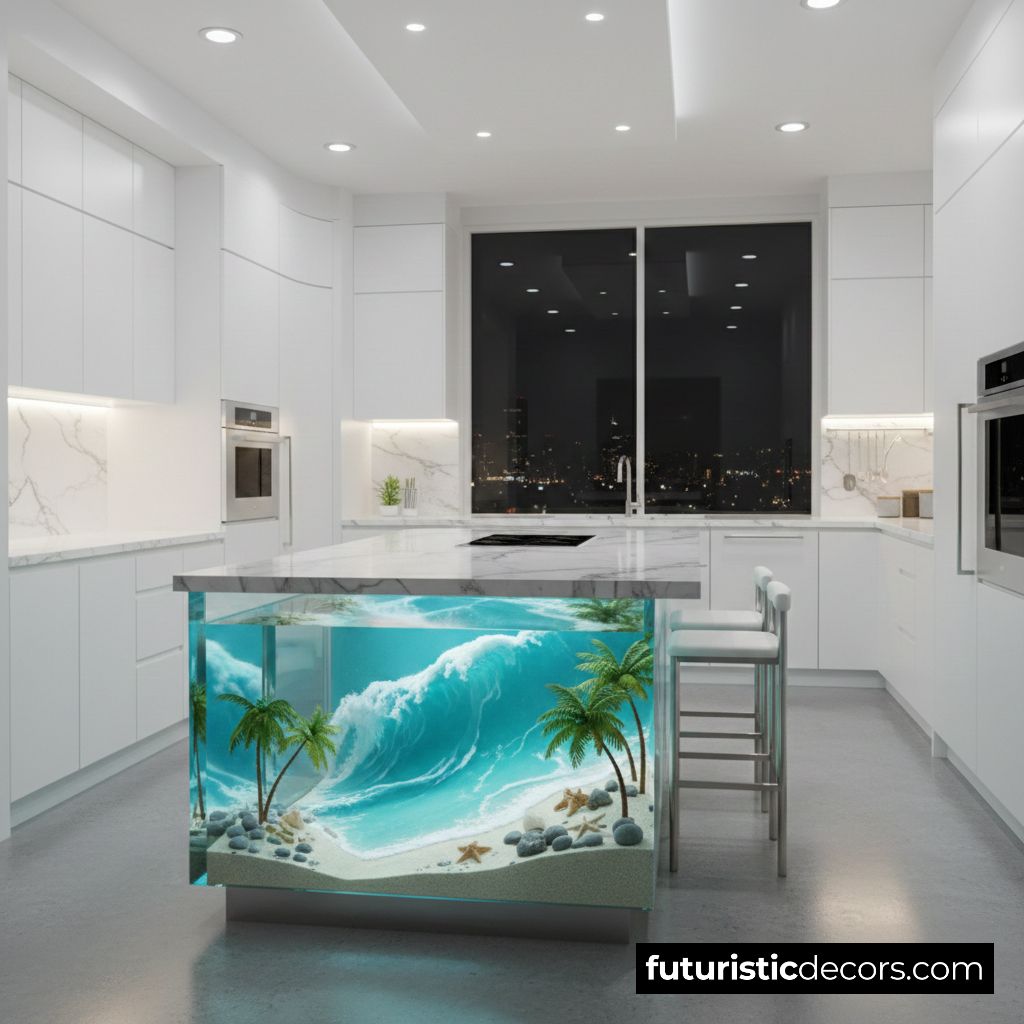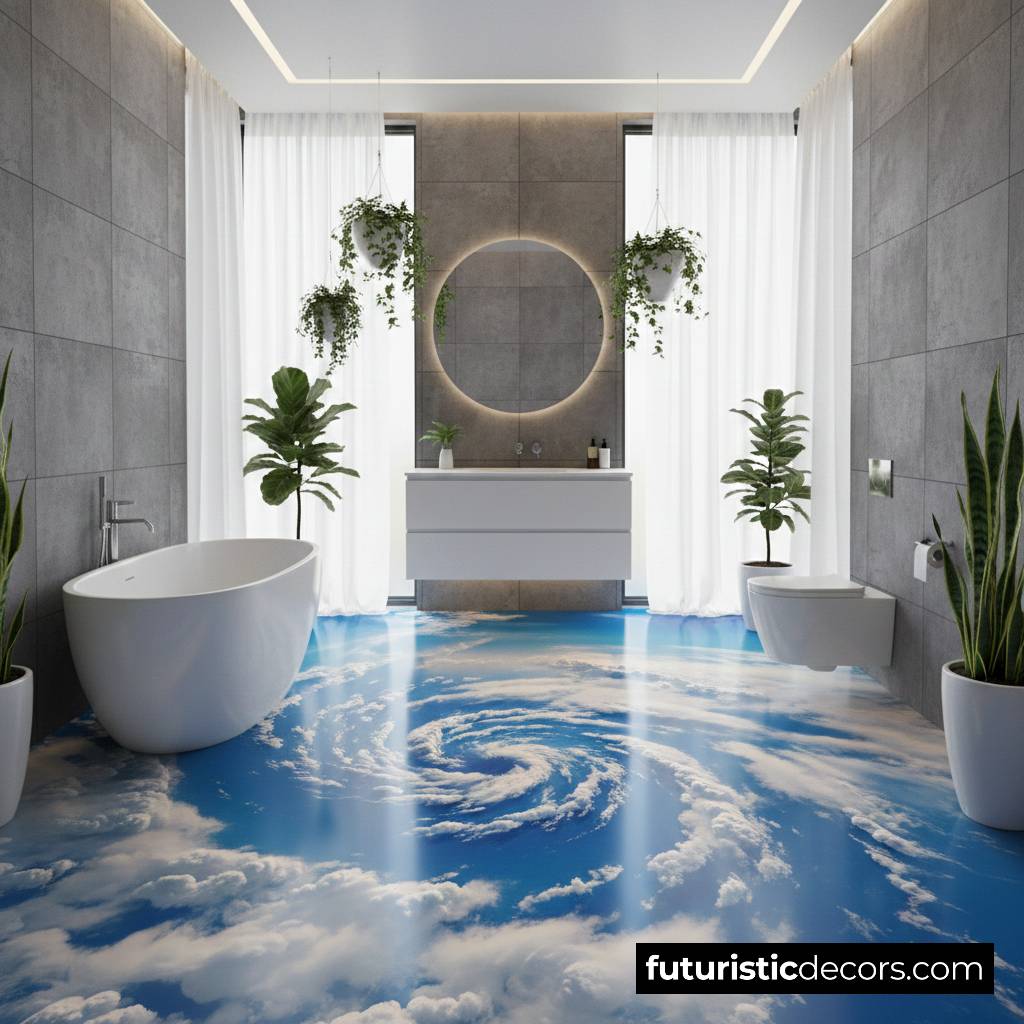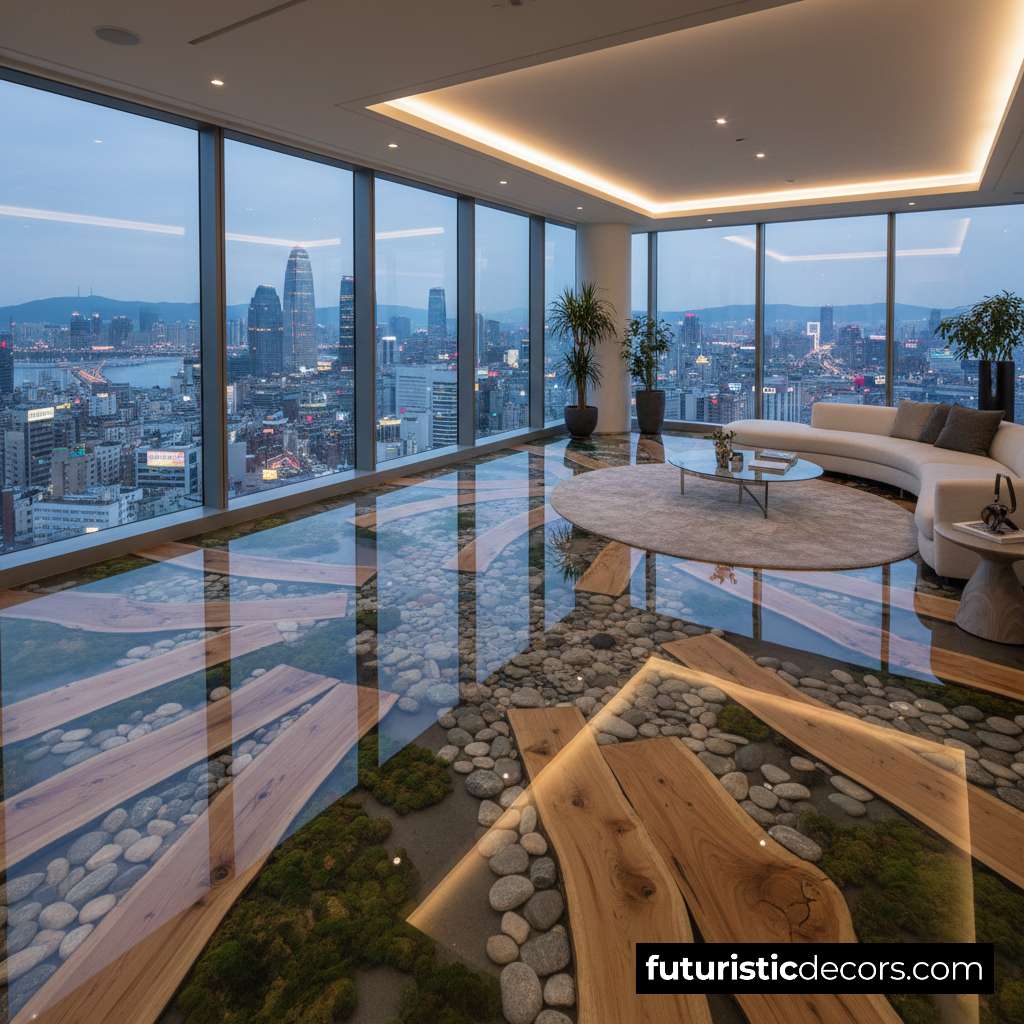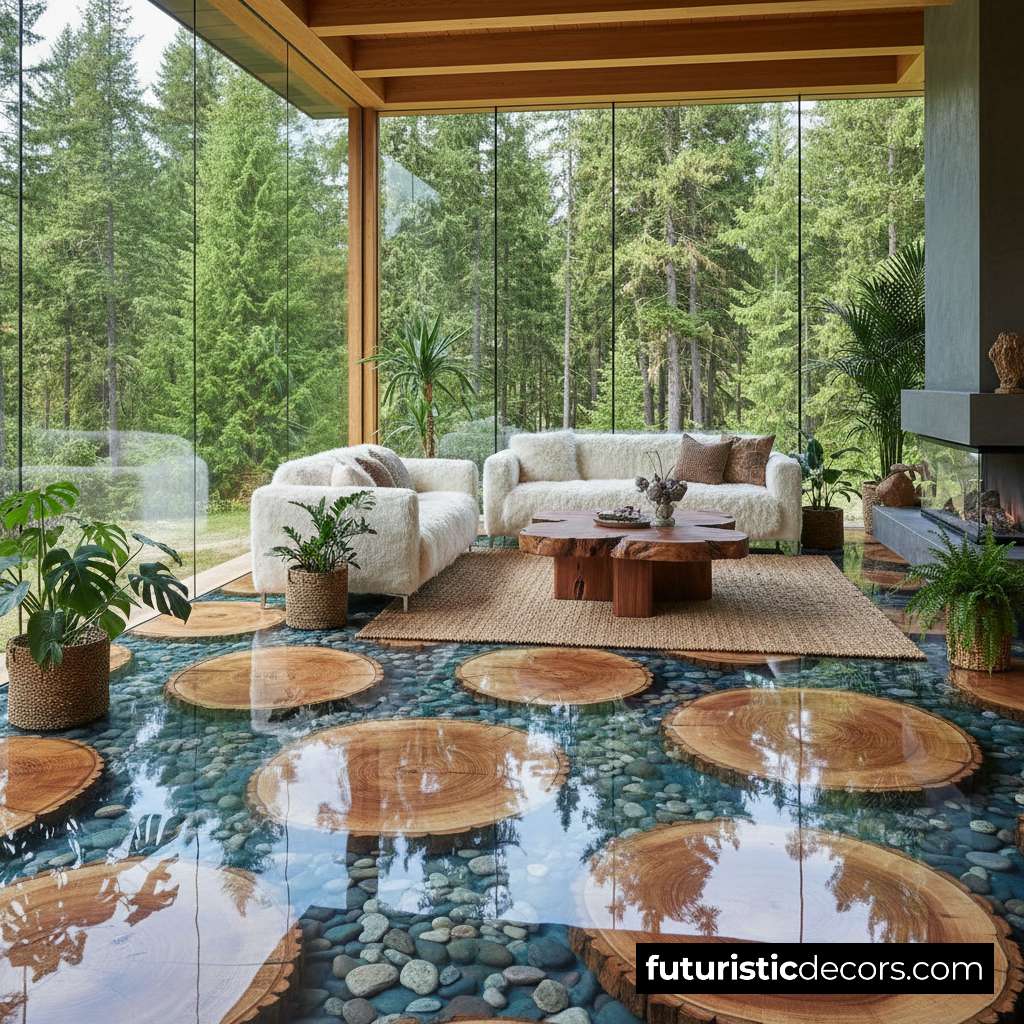In this article, we’ll delve into the fascinating world of Floating Campsites, exploring the design ideas behind them and why they are poised to become the perfect camping spots for those looking to elevate their camping experiences. We’ll also provide a detailed look at what makes these campsites so special, from the practical features of their construction to the emotional and sensory experiences they offer to campers. So, if you’ve ever dreamed of camping on the water, read on to discover why Floating Campsites are truly the future of outdoor recreation.

What Are Floating Campsites?
At its core, a floating campsite is exactly what it sounds like—a campsite that is situated on a floating platform or structure, usually positioned on lakes, calm rivers, or even coastal waters. These platforms can be simple and minimal, designed for a more rustic camping experience, or they can be elaborate and luxurious, featuring everything from comfortable beds to outdoor kitchens, solar panels, and more.
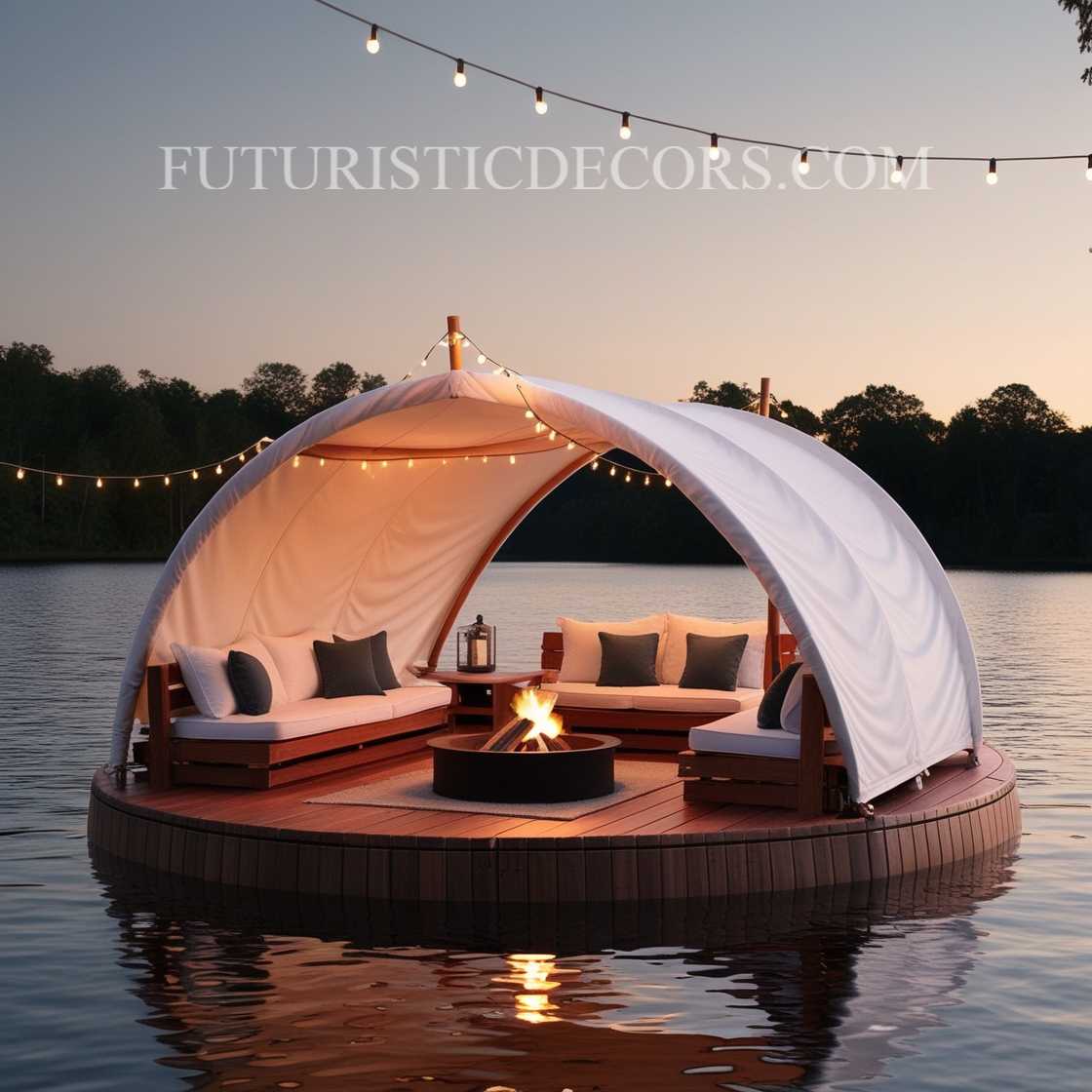
The primary purpose of Floating Campsites is to provide campers with the opportunity to enjoy the serenity of nature while drifting on the water, away from the bustling activity of traditional campsites. This separation from the shore offers a unique blend of isolation and connection with nature, allowing campers to escape the noise, distractions, and crowds commonly associated with ground-based campsites.
The Appeal of Floating Campsites
There are several key reasons why floating campsites are quickly gaining popularity as an alternative to traditional camping options. Some of these reasons include:
1. Immersive Natural Experience
Floating Campsites offer a truly immersive experience in nature, with water gently lapping against the platform and the surrounding scenery offering a peaceful and ever-changing landscape. This proximity to the water allows campers to wake up to the sound of birds, enjoy panoramic sunsets over the horizon, and stargaze with minimal light pollution—all while floating in a tranquil setting.

The constant connection to the water can also enhance the sensory experience of camping. Being surrounded by the elements—the fresh breeze, the rhythmic motion of the water, and the soothing sounds of nature—can create a calming environment that fosters relaxation and introspection.
2. Secluded Escape from Crowds
One of the most significant draws of Floating Campsites is the sense of solitude they provide. Traditional campsites, especially those located near popular outdoor destinations, can become crowded, noisy, and overrun with visitors. In contrast, floating campsites are often designed for small groups or individuals, offering a peaceful retreat away from the hustle and bustle of other campers.
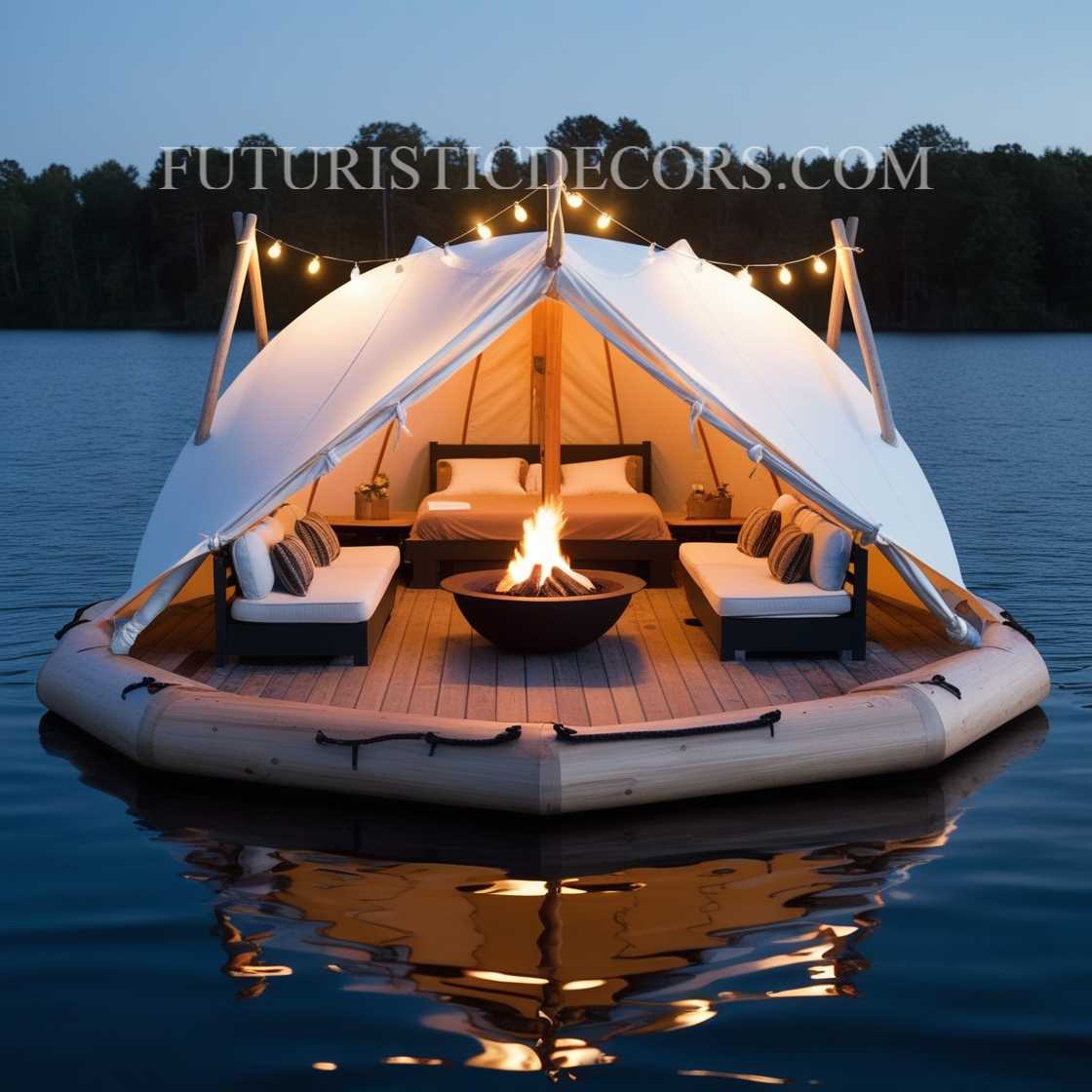
Whether you’re camping on a serene lake or anchored near a quiet riverbank, the distance from the shore ensures privacy and seclusion. This makes Floating Campsites ideal for couples seeking a romantic getaway, families looking for a peaceful vacation, or solo travelers in search of solitude.
3. Unique Camping Design Concepts
Design plays a crucial role in the appeal of Floating Campsites. While traditional camping setups are often limited by the terrain and environment, floating platforms allow for greater creativity and innovation in design. Floating campsites can be customized to include a variety of features that cater to different types of campers.
For example, some Floating Campsites are designed with minimalist principles, providing little more than a platform for tents and a few basic amenities. Others may include glamping-style features like comfortable furniture, fully equipped kitchens, and even hot tubs. The possibilities are virtually endless, allowing campers to choose a floating campsite that matches their preferences, whether they prioritize simplicity or luxury.
Floating Campsite Design: What to Look For
If you’re considering experiencing a floating campsite for your next camping adventure, it’s important to understand the design elements that contribute to a great floating campsite. These features not only enhance the camping experience but also ensure safety, comfort, and sustainability. Let’s take a look at the key design aspects that make Floating Campsites so desirable.
1. Stable and Durable Platforms
The most critical component of any floating campsite is its platform. The platform needs to be stable, durable, and capable of withstanding the natural forces of water and weather. Floating platforms are typically constructed from materials like wood, composite decking, or reinforced plastic, all of which are resistant to moisture and rot.

In some cases, inflatable or modular platforms may also be used, offering greater flexibility and ease of transportation. Modular platforms, in particular, allow for customizable shapes and sizes, making them ideal for adapting to different environments or accommodating larger groups of campers.
2. Anchoring and Mooring Systems
To ensure safety and prevent the floating campsite from drifting away, a reliable anchoring and mooring system is essential. Floating campsites are usually anchored to the lakebed or river bottom using eco-friendly anchoring methods, such as screw anchors or mooring buoys, to minimize the impact on the surrounding environment.

The strength and placement of the anchoring system will vary depending on the size of the platform, the water depth, and the anticipated weather conditions. For particularly large or complex Floating Campsites, multiple anchor points may be used to distribute the weight and ensure stability.
3. Shelter and Shade Options
While being out on the water can be refreshing, it’s also important to provide adequate shelter from the elements. Floating campsites can be designed with a variety of shelter options, ranging from simple tents or canvas canopies to more sophisticated structures like yurts or small cabins.
Shade is also crucial, especially for Floating Campsites located in sunny areas. Many designs incorporate retractable awnings, pergolas, or large umbrellas to provide shade during the day while still allowing campers to enjoy the open air and unobstructed views of the water.
4. Solar-Powered Amenities
Sustainability is a key consideration for many modern campers, and Floating Campsites can be designed with eco-friendly amenities to minimize their environmental impact. Solar panels are an excellent addition to Floating Campsites, providing a renewable source of energy for lighting, charging devices, and powering small appliances.
Solar-powered lights and portable solar chargers are common features on many Floating Campsites, reducing the need for traditional generators and ensuring a more sustainable camping experience. Additionally, composting toilets and water filtration systems can be integrated into the design to reduce waste and minimize the ecological footprint of the campsite.
5. Access to Water Activities
One of the most exciting aspects of staying at a floating campsite is the direct access to water-based activities. Many Floating Campsites are equipped with easy access to swimming, kayaking, fishing, and paddleboarding, making it effortless for campers to enjoy a variety of recreational activities without ever leaving their floating platform.

Some floating campsites even include built-in features like swim ladders, fishing docks, or storage racks for kayaks and paddleboards. For those who enjoy a more leisurely pace, hammocks or lounge chairs placed right at the water’s edge offer a perfect spot to relax and take in the surroundings.
Types of Floating Campsites: Exploring Different Designs
Floating Campsites come in a wide range of designs, each offering a unique camping experience depending on the environment, level of comfort, and desired activities. Let’s explore some of the most popular types of Floating Campsites and their distinctive features.
1. Minimalist Floating Campsites
For campers who prefer a more rustic and simplistic experience, minimalist Floating Campsites are an excellent option. These campsites typically consist of a basic floating platform, a tent or shelter, and minimal amenities. The emphasis is on disconnecting from modern conveniences and embracing the natural surroundings.
Minimalist floating campsites are often self-contained, requiring campers to bring their own food, water, and supplies. However, the simplicity of the design allows campers to fully immerse themselves in nature without distractions, making it a great choice for those seeking a peaceful, off-grid experience.
2. Glamping-Style Floating Campsites
For those who prefer a more luxurious camping experience, glamping-style Floating Campsites offer all the comforts of home while still allowing campers to enjoy the beauty of the water. These campsites often feature high-end amenities such as comfortable beds, fully equipped kitchens, hot showers, and even outdoor hot tubs.
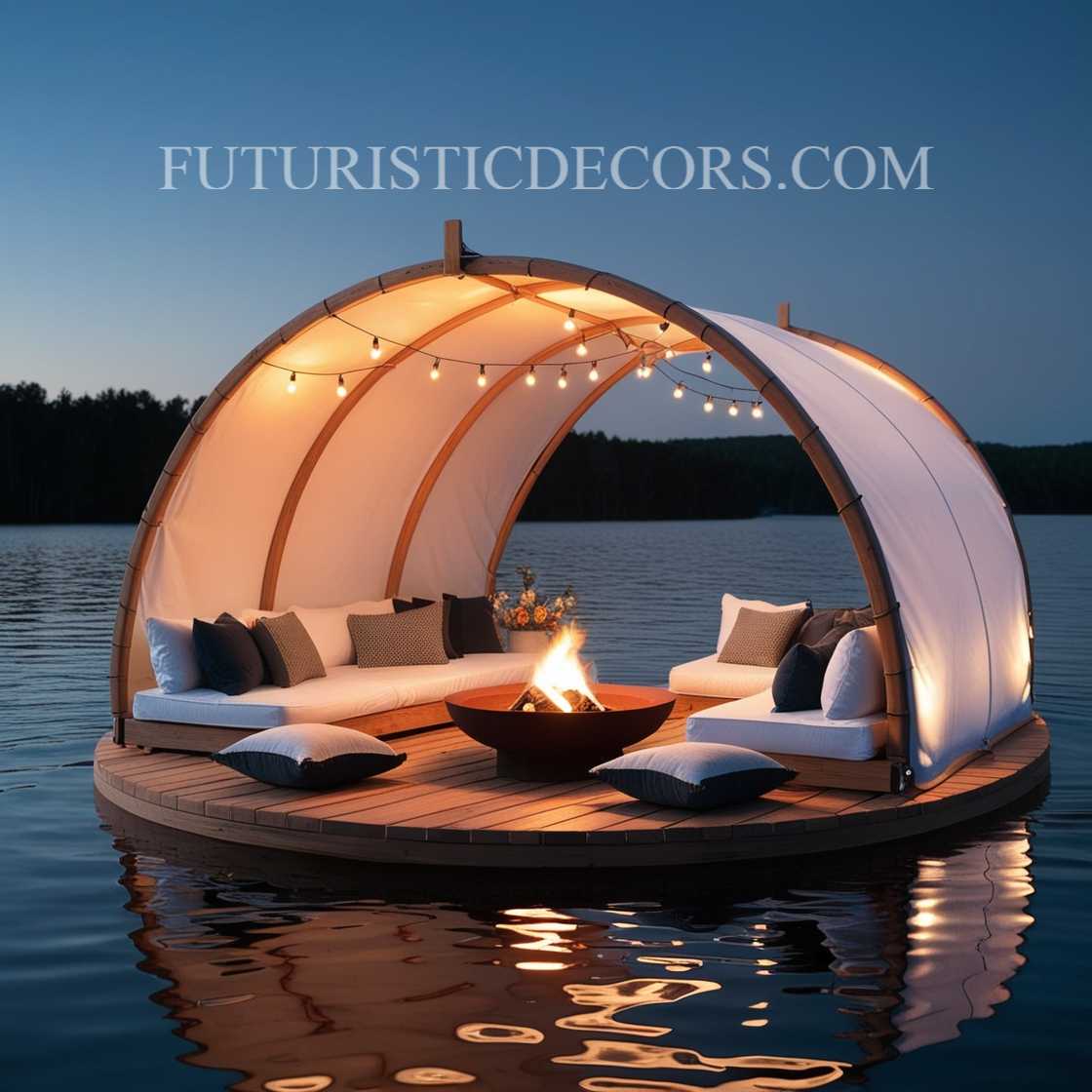
Glamping floating campsites are designed for maximum comfort, with spacious living areas, stylish décor, and large windows or open-air sections that provide stunning views of the surrounding water. These campsites are perfect for those who want to enjoy the outdoors without sacrificing the conveniences of modern life.
3. Family-Friendly Floating Campsites
Family-friendly Floating Campsites are designed with safety, convenience, and entertainment in mind. These campsites typically feature larger platforms that can accommodate multiple tents or shelters, as well as kid-friendly amenities like safety rails, play areas, and easy access to swimming or water sports.
In addition to providing space for families to spread out, these Floating Campsites often include educational elements that encourage children to learn about the environment, wildlife, and water conservation. With a focus on safety and fun, family-friendly floating campsites are an excellent option for families looking to spend quality time together in nature.
4. Adventure-Focused Floating Campsites
For thrill-seekers and outdoor adventurers, adventure-focused Floating Campsites are designed to provide easy access to a range of water-based activities. These campsites are often located near popular kayaking, paddleboarding, fishing, or snorkeling spots, making it easy for campers to explore the water throughout the day.
Adventure-focused campsites may include specialized equipment storage, boat docks, or launching areas, as well as gear rentals or guided tours. These campsites are perfect for outdoor enthusiasts who want to combine the excitement of water sports with the relaxation of camping on a floating platform.
5. Eco-Friendly Floating Campsites
As environmental awareness continues to grow, eco-friendly Floating Campsites have become increasingly popular. These campsites are designed with sustainability in mind, utilizing renewable energy sources, composting toilets, and eco-friendly materials to minimize their impact on the environment.
Eco-friendly floating campsites often feature educational programs that teach campers about water conservation, wildlife protection, and sustainable camping practices. By choosing an eco-friendly floating campsite, campers can enjoy a memorable outdoor experience while supporting conservation efforts and protecting the natural environment.
Floating Campsites Around the World: Exploring Iconic Locations
While floating campsites are a relatively new trend, they have already gained popularity in several regions around the world. Let’s explore some of the most iconic and breathtaking locations where you can find Floating Campsites.
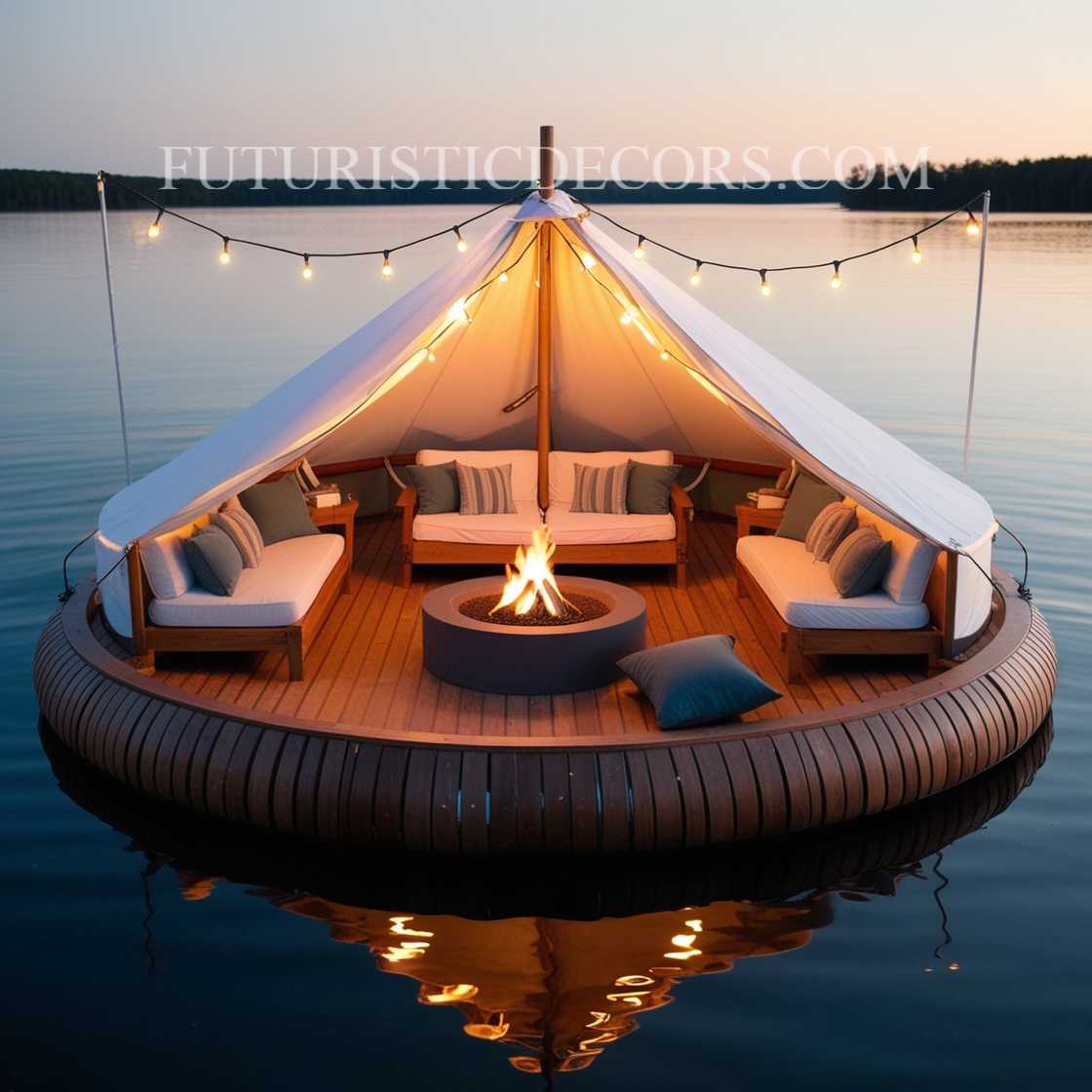
1. Lake Powell, USA
Lake Powell, located in the American Southwest, is a popular destination for floating campsites. With its vast expanse of calm, clear water and stunning red rock formations, Lake Powell offers a unique and picturesque setting for floating campers. Many Floating Campsites in this area are equipped with houseboats or floating cabins, providing comfortable accommodations for those looking to explore the lake.
2. Ha Long Bay, Vietnam
Ha Long Bay, a UNESCO World Heritage Site, is known for its towering limestone karsts and emerald waters. Floating Campsites in Ha Long Bay offer a once-in-a-lifetime opportunity to camp on the water while surrounded by one of the most breathtaking natural landscapes in the world. These campsites often include boat tours, allowing campers to explore the bay’s hidden caves and secluded beaches.
3. The Amazon River, Brazil
For the ultimate adventure in the heart of the rainforest, Floating Campsites on the Amazon River provide a unique way to experience the world’s largest tropical forest. These campsites are often set up on houseboats or floating lodges, allowing campers to immerse themselves in the diverse ecosystem while enjoying the comforts of modern amenities.
4. The Swedish Archipelago, Sweden
The Swedish Archipelago, located in the Baltic Sea, is a haven for floating campsites. With thousands of islands and serene waters, this region offers a peaceful retreat for campers looking to escape the city and enjoy the natural beauty of the Nordic landscape. Floating Campsites in this area are often minimalistic, allowing campers to fully appreciate the tranquility of the surroundings.

5. The Maldives
The Maldives, known for its crystal-clear waters and white sandy beaches, is home to some of the most luxurious floating campsites in the world. These campsites are often situated on private floating platforms, complete with overwater bungalows, infinity pools, and world-class amenities. For those looking to combine adventure with luxury, the Maldives offers the perfect destination for a floating campsite experience.
Why Floating Campsites Are the Future of Camping
Floating Campsites represent a new frontier in the world of camping, offering a unique way to experience the outdoors while providing the flexibility, creativity, and comfort that modern campers crave. Whether you’re looking for a minimalist retreat or a luxurious glamping experience, floating campsites offer something for everyone.
As more people seek to disconnect from the fast-paced world and reconnect with nature, the demand for innovative and sustainable camping options is on the rise. Floating Campsites, with their ability to blend isolation, adventure, and comfort, are perfectly positioned to meet this demand. They allow campers to explore remote locations, experience the beauty of the water, and create unforgettable memories—all while treading lightly on the environment.
How to Plan Your Floating Campsite Adventure
Now that you’ve learned about the unique allure of floating campsites, you might be wondering how to plan your own adventure. Whether you’re a seasoned camper or new to outdoor exploration, these steps will help ensure a memorable experience.
1. Research Locations
Start by deciding where you’d like to go. Consider the type of water environment that excites you, whether it’s a peaceful lake, flowing river, or expansive ocean bay. Popular floating campsite destinations like Lake Powell, Ha Long Bay, or the Amazon River offer different experiences based on location and terrain.

Check if there are existing Floating Campsites or if you need to create your own setup. In some places, floating platforms or houseboats can be rented, while other locations may require bringing your own floating equipment.
2. Choose the Right Equipment
The equipment you need will vary based on your destination. If you’re heading to an established floating campsite, such as those in the Maldives or Sweden, most equipment will be provided. However, if you’re embarking on a more DIY adventure, here are key items to consider:
- Floating platform: You’ll need a sturdy floating base like a pontoon, raft, or inflatable platform that can support your campsite setup.
- Tent and shelter: Choose waterproof and durable camping gear designed for wet environments. You might opt for floating tents specifically made for water camping.
- Safety gear: Ensure you have life jackets, ropes, and an anchor to keep your floating campsite secure. Bring emergency communication devices if you’ll be in remote areas.
- Solar power and lighting: For sustainability and comfort, solar-powered chargers and eco-friendly lighting are essential when camping on the water.
3. Plan Your Meals
Just like traditional camping, planning your meals is important when staying at a floating campsite. If you’re near freshwater, you may be able to catch fish for dinner. Otherwise, pack lightweight, non-perishable food items. Consider portable camping stoves or barbecues designed for small spaces.
If you’re on a houseboat or in a luxury floating camp, meals may be provided, or you’ll have access to a kitchen.
4. Stay Environmentally Conscious
One of the key principles of Floating Campsites is sustainability. Avoid using plastic and non-biodegradable materials as much as possible. Ensure that you properly dispose of waste and minimize your impact on the surrounding waters and ecosystems.
Bring eco-friendly products like biodegradable soap and pack out all trash, leaving no trace of your visit. If you’re camping in a protected environment, be sure to follow all local regulations and guidelines to preserve the area.
5. Prepare for the Weather
The weather can change quickly on the water, so pack clothing that’s appropriate for the climate and bring layers to adjust to temperature shifts. Keep waterproof bags for all essentials, and be mindful of weather forecasts to avoid camping during storms or extreme conditions.
6. Embrace the Adventure
Floating Campsites provide a truly immersive experience. Whether you’re drifting along a peaceful river, anchored in the middle of a lake, or watching the sunset over the ocean, remember to relax and enjoy the unique beauty of nature around you.
You might want to bring a camera or a journal to capture your memories, and don’t forget to spend time simply soaking in the serenity of camping on water.
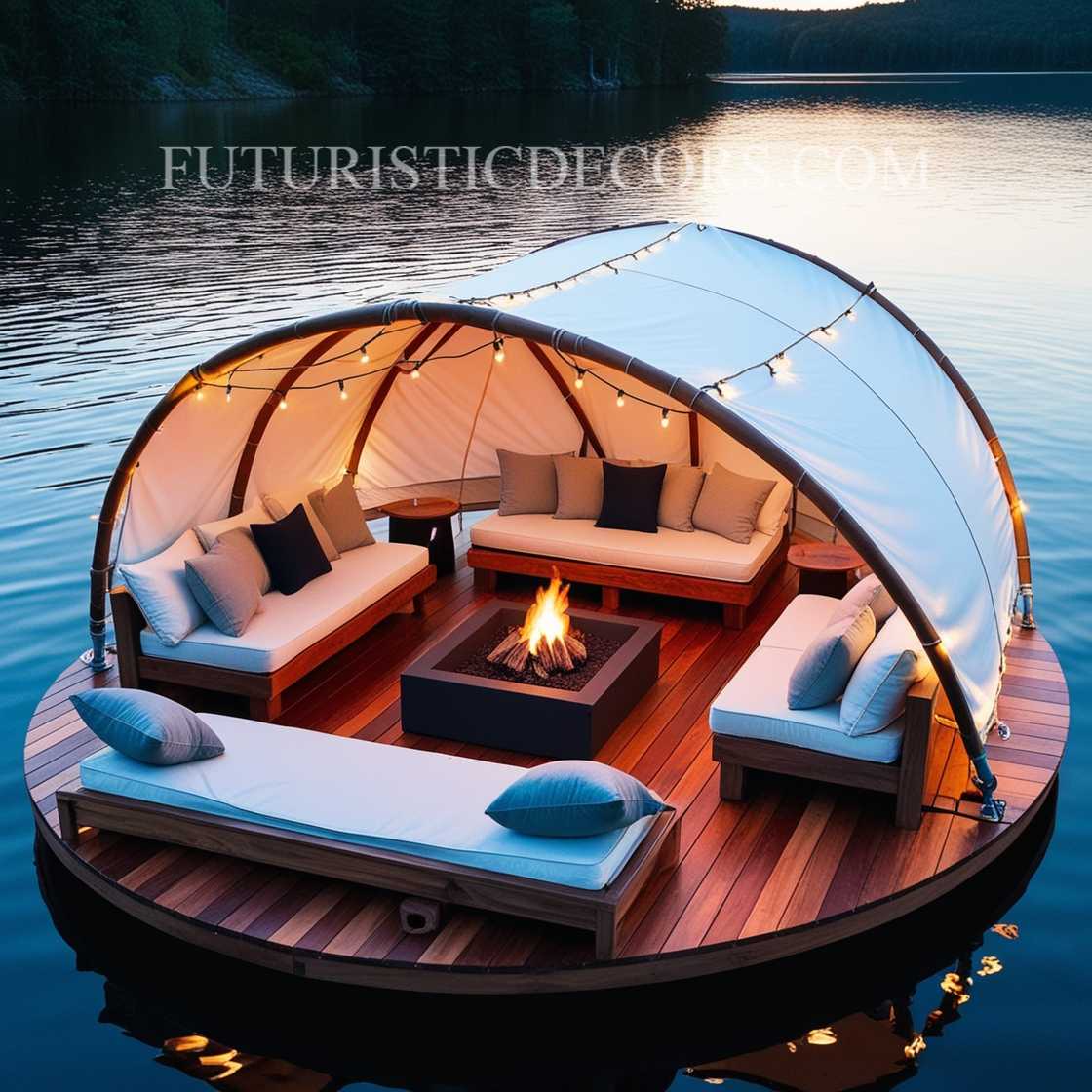
Floating Campsites offer an exciting alternative to traditional land-based camping, bringing adventure, creativity, and sustainability to your outdoor explorations. As the demand for innovative and eco-friendly camping grows, Floating Campsites will continue to transform the way we experience nature. Whether you’re floating on a serene lake, exploring the wonders of Ha Long Bay, or relaxing on a luxurious platform in the Maldives, this unique approach to camping promises to make your next adventure unforgettable.
So, when you’re ready to step away from the ordinary and dive into something extraordinary, consider planning your own Floating Campsite adventure—where the perfect camping spot is wherever you anchor.


